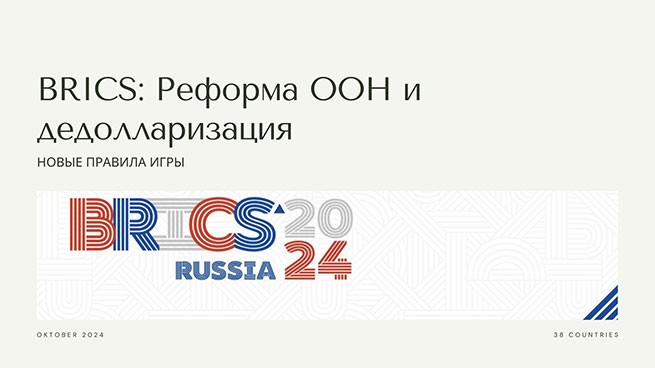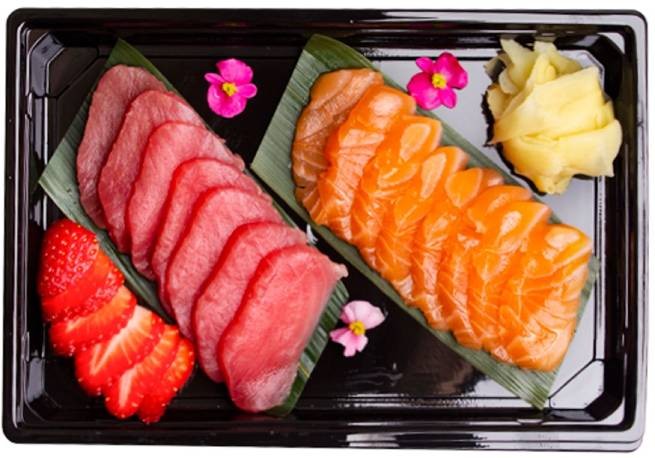Finally, experts have made up their minds and dotted the i’s on the issue of the benefits of salmon and tuna. Which fish is healthier?
What's in common
Both tuna and salmon are excellent sources of protein and are packed with nutrients. Eating fish helps maintain the brain, heart, and immune system in good condition. That's why Experts recommend that adults consume at least 113 grams (or two to three servings) of fish per week.
Whether cooked fried or grilled, salmon and tuna are a great addition to any diet. But which fish has the most health benefits? Nutritionists have compared salmon with tuna, their nutritional value and health benefits, and are ready to answer this question.
What's good about salmon?
Salmon is one of several types of fatty fish, which are generally divided into two categories: Pacific and Atlantic. Atlantic salmon is one species, Salmo salar, while Pacific salmon comes in several varieties: sockeye salmon, silver salmon, chum salmon, king salmon and pink salmon. Each type offers different flavors and textures to suit culinary preferences.
All Pacific salmon are typically deep red, lean and firm, and are typically wild-caught rather than farmed. Prized for their taste, purity, omega-3s, vitamin D, lean protein and pink hue, they benefit from lower levels of pollutants in Pacific waters.
Wild salmon used to dominate the North Atlantic, but due to declining populations today's consumption is centered on farmed Atlantic salmon. However, this shift raises concerns about sustainability due to intensive farming methods that impact the environment. Atlantic salmon provides omega-3s, protein and nutrients, but, compared to wild Pacific salmon, has a milder flavor, softer texture and lighter pink color, and the meat has larger flakes. And unlike Pacific salmon, Atlantic salmon are usually referred to by their country of origin.
Nutritionally speaking, Atlantic and Pacific salmon are comparable. But wild-caught salmon tends to have slightly more protein and omega-3 fatty acids, while Atlantic salmon has more fat and caloriessays nutritionist Frances Largeman-Roth. 80 grams of salmon:
- 155 calories
- 22 grams protein
- 6 grams fat
- 3.8 micrograms vitamin B-12 (158% DV)
- 14 micrograms vitamin D (71% DV)
- 8.6 mg niacin (54% DV).
Despite the wealth of choice, many still believe that wild Pacific salmon is superior to Atlantic salmon due to its exceptional flavor, ecological importance and nutritional value.
Useful properties of tuna
Tuna includes several species of large marine fish belonging to the mackerel family that are loved and consumed throughout the world: bigeye tuna, yellowfin and bluefin are the most popular species. Tuna is found in the subtropical and temperate waters of the Pacific, Indian and Atlantic oceans. At certain periods of its life cycle it is found in the Mediterranean, Black and Japanese Seas.
Tuna spends its entire life in motion, capable of reaching speeds of up to 75 km per hour. Therefore, it has very developed muscles, which makes its taste different from fish. Its meat contains a lot of myoglobin, which is why it is rich in iron and has a pronounced red color when cut. Due to this, it is called “chicken of the sea” and “veal of the sea.” Highly valued for its nutritional value.
The nutritional value and mercury content of tuna vary by species. “There are so many varieties that have different fat contents too,” says Largeman-Roth.
Tuna has been used as food since ancient times to this day. Widely used in both European and Asian cuisines. It is eaten raw as carpaccio, a delicious appetizer of thinly sliced meat drizzled with olive oil and lemon juice. Tuna steaks are very popular; they are fried in a frying pan or on the grill. The main secret of frying is not to overdry, so frying lasts no more than 2-3 minutes on each side, until a golden crust forms. The inside of the piece should be soft pink.
Tuna contains minimal fat and no cholesterol. High protein content. It is a source of vitamins A, D, C and B vitamins, omega-3 unsaturated fatty acids, selenium, iodine, potassium and sodium. 80 grams of tuna contains:
- 110 calories
- 25 grams of protein
- 0.5 g fat
- 92 micrograms selenium (167% DV)
- 18 mg niacin (112% DV)
- 0.9 mg vitamin B-6 (53% DV).
Among the undoubted benefits of tuna:
- it is a dietary product and is recommended for inclusion in the menu for weight loss;
- has a beneficial effect on the nervous, cardiovascular, skeletal and reproductive systems;
- has a positive effect on brain function;
- prevents aging;
- improves the appearance and condition of hair and skin;
- serves for the prevention of cancer;
- stabilizes high blood pressure;
- strengthens the immune system;
- normalizes metabolism;
- excellent at breaking down cholesterol.
But, as usual, there is also a “fly in the ointment.” Among the harmful properties of tuna:
- the meat of large individuals accumulates mercury and histamine in large quantities, so it is better to eat small fish;
- not recommended for use by people suffering from renal failure;
- not recommended for pregnant and lactating women;
- not recommended for children under 3 years of age.
Difficulty choosing – salmon vs tuna
Both salmon and tuna are nutritious sources of protein that can be part of a healthy diet. Both offer their own benefits, although there are some key differences.
The biggest difference between salmon and tuna is the fat content. 28 grams of salmon has more fat than the same amount of tuna. That is, salmon has the same calorie content as tuna, notes Largeman-Roth.
The fat in salmon is primarily healthy unsaturated fats, including omega-3 fatty acids. Wild salmon is rich in two essential omega-3 fatty acids: eicosapentaenoic acid (EPA) and docosahexaenoic acid (DPA). Omega-3s are essential nutrients, says Largeman-Roth, meaning the body doesn't make enough of them and we must get them from food.
Experts note that salmon and tuna are very healthy options, but which is healthiest will depend on your needs and goals:
- If you're looking for a good source of protein with the added benefits of omega-3 fatty acids for heart and brain health, salmon is a winner.
- If you need more protein and fewer calories, choose tuna. Its high protein content can help curb hunger and control weight, but both fish are good options for weight loss.






More Stories
Chania hospital overcrowded with dozens of patients with viral gastroenteritis (video)
AEGEAN: in search of the pilots of the future – new scholarship program 2024
A schoolchild needs more than 1,620 euros for a daily snack